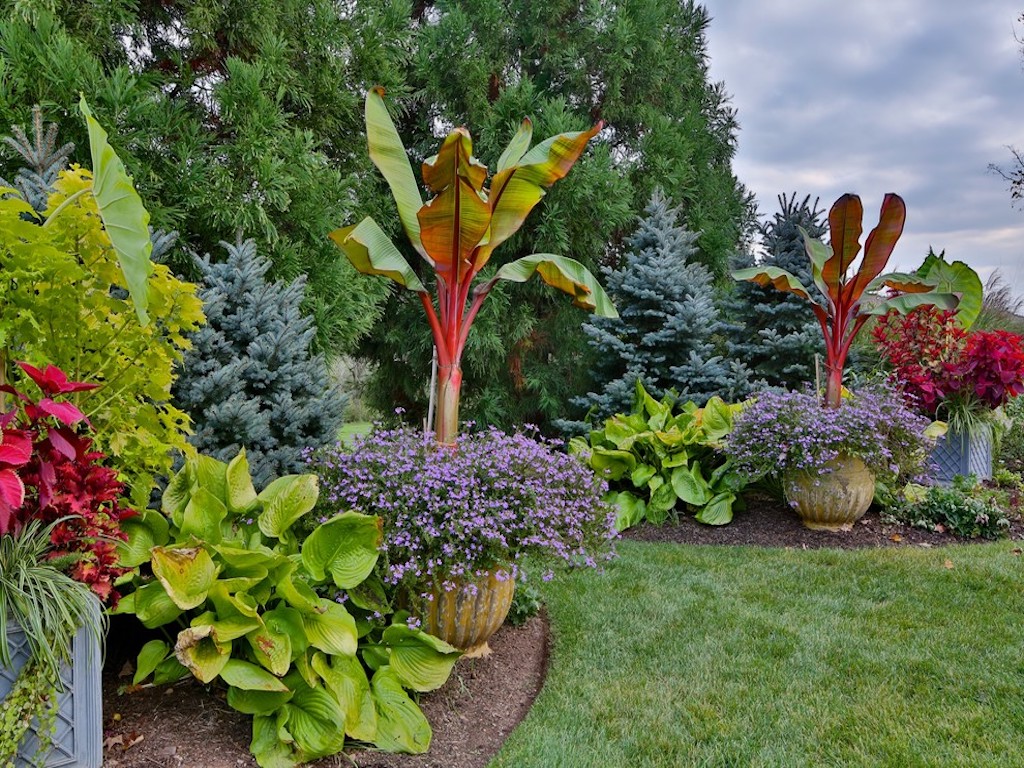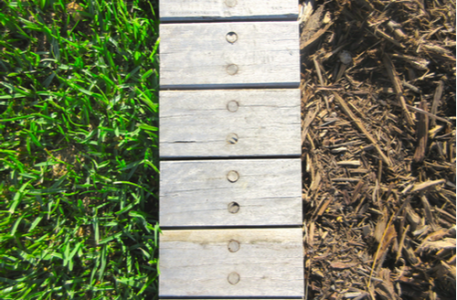
Divide and Conquer: 4 Options for Edging Your Yard
If you’ve ever dug out landscaping beds in your lawn, you probably already know that left unchecked, the dividing line between these spaces can shift. Grass likes to spread and will gradually reclaim its turf.
Over just one growing season, the sharp edge that you dug starts to blur. To keep grass and mulch in place, consider these different approaches to edging your landscaping beds. Each has its benefits and drawbacks.
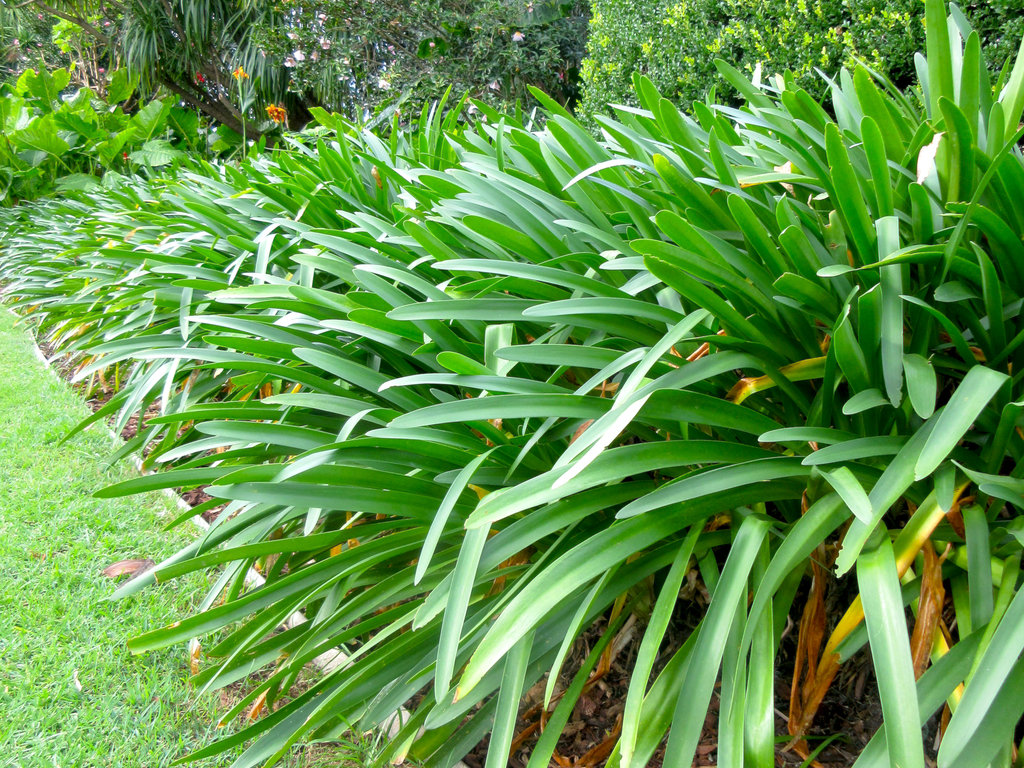
1. Add a thin divider.
A simple edging strip is an economical option for maintaining a clean line along your garden beds. To hold mulch in place, make sure the edge extends at least 2 inches above the ground.
Grass roots will try to sneak under the bottom edge. To prevent them from invading your beds, make sure your edging strip is at least 6 inches deep.
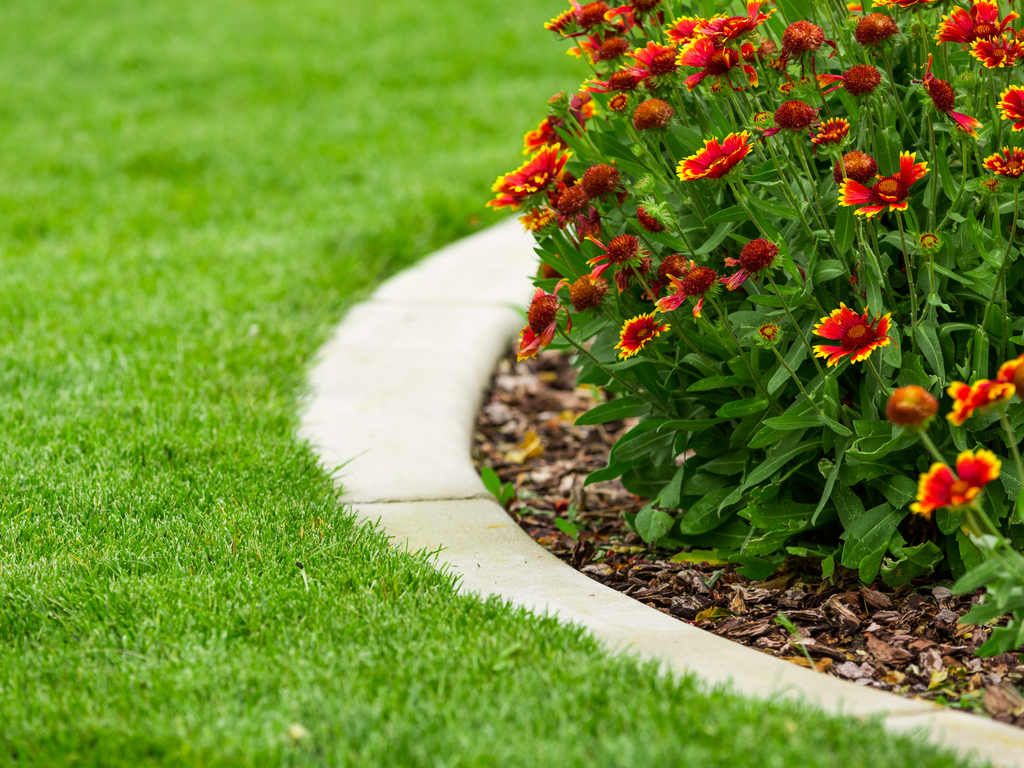
2. Add a mowing strip.
Thin dividers can be effective at holding grass and mulch in place, but keeping the grass at a consistent height along the edges may require pulling out a string trimmer after you mow, creating extra yard work.
One solution is adding a mowing strip, so your lawnmower wheels can roll past the perimeter of your lawn. This option works even better when used in conjunction with a thin, vertical edging strip so grass stays put.
Besides simplifying yard chores, a mowing strip creates an extra visual definition between your lawn and landscaping beds.
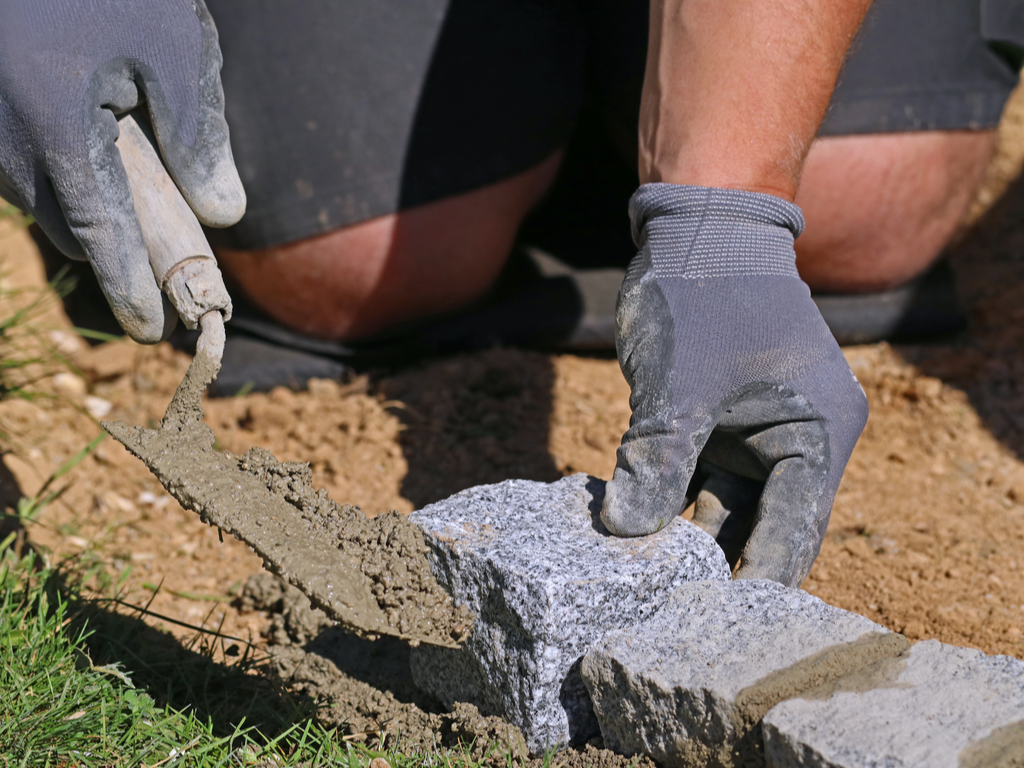
3. Add height.
Instead of making edging wider, consider going taller. Stone and brick hardscaping will add substantial costs to your project but can also add a “wow” factor to your yard and improve its resale value.
If you’re working with straight edges, wood landscape timbers are another option that offers a relaxed, organic vibe. It won’t last as long as stone or brick, but it’s a more affordable alternative.
4. Keep cutting the edges.
Landscape edging doesn’t have to involve expensive hardscaping. You might prefer simply retrenching the edges of your beds each year with a shovel and putting your money towards other backyard features.
For example, you can achieve a similar look to the garden above by interspersing several permanent foundation plantings with a yearly investment in a few striking annuals.

